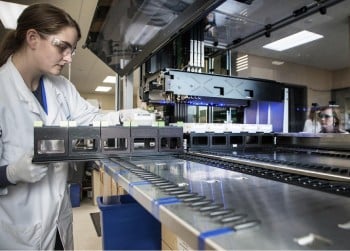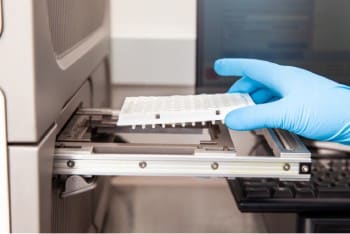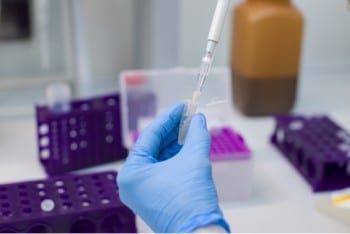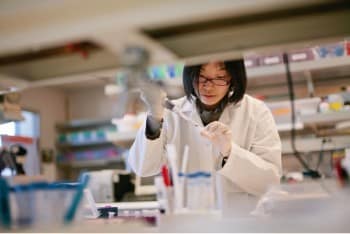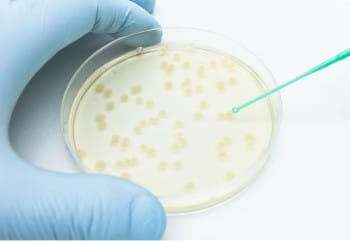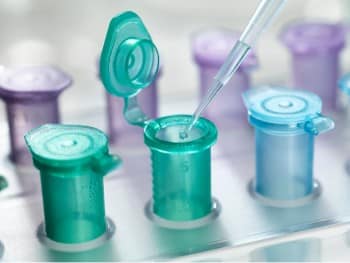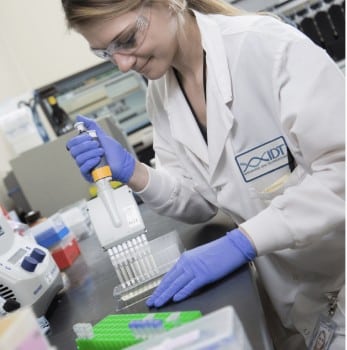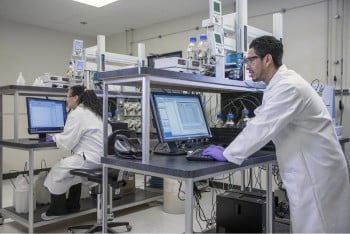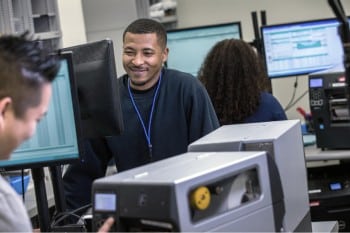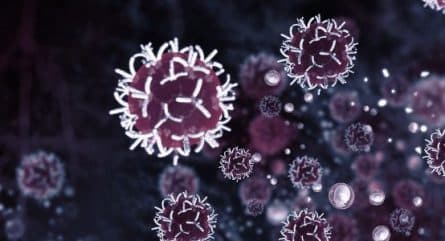Takeaway: The end of February concluded the American Heart Association’s (AHA) Heart Month. In addition to promoting heart health, this year’s event included a significant scientific breakthrough of note—the first successful complete-organ xenotransplantation.
According to the AHA’s 2021 statistical update, heart disease remains the number one cause of death worldwide—men, women, most races and ethnicities—impacting all of us. In addition, The Centers for Disease Control and Prevention’s heart disease facts state 659,000 people in the United States die each year from heart disease, roughly 1 in every 4 deaths, or a death every 36 seconds.
Have we figured out a way to improve heart failure survival rates?
Yes. Heart transplants have remained a trusted treatment for heart failure. If we have the answer, you may be wondering why do many patients die? In short, a low number of viable organs available for transplant.
The U.S. Department of Health and Human Services Health Resources and Service Administration reported on national data showing in 2021 alone close to 4,000 patients received a heart transplant, the most recorded in a given year, but sadly another 3,500 remained on the waitlist, also topping record levels.
With so few registered as organ donors within the world’s population, scientists and physicians have looked to other solutions for assistance. Over recent years, the scientific community has found brilliant ways to artificially create replacement components for damaged tissues, joints, bones, etc. Yet, a significant hurdle remains before we can officially celebrate and end to organ shortages.
Challenges and History of Organ Transplantation
If we can synthesize components, why can’t we create complete organs, too?
For years researchers have been experimenting with xenotransplantation, or the transfer of organs from one species to another.
As early as the 17th century, xenotransfusion was attempted, later followed by xenotransplantation of a pig’s cornea in the 19th century. In the 1960s, a kidney from a chimpanzee was transplanted to a human, and in 1993 pig islet cells were given to a human. Within the last few decades, replacing human heart valves with pig derived valves has proven to be highly successful.
While many research teams have attempted to extend this technique to full organs, to-date, none have been successful. One primary culprit is to blame: the human immune system’s rejection of a foreign organ, otherwise referred to as immune-mediated organ rejection. As noted in a xenotransplantation study, if not addressed with genetic modifications, patients receiving a porcine organ or cells would likely die within minutes to hours of the procedure.
University of Maryland medical team completes historical Xenotransplantation
While perhaps hard to admit, humans have more in common with pigs than meets the snout. Our immune systems function similarly, and our organs are equivalent in sizes and mostly do the same thing. Compared to humans, pigs also have a relatively short growth period, roughly six months to grow a heart large enough to sustain an adult human.
Taking stock of previous failures, research teams around the world have attempted to improve anti-rejection odds by completing a two-fold mission:
1) Suppress, or knock-out the genes responsible for immune rejection and organ overgrowth, and
2) Introduce genetic changes that include the addition of genes from a patient’s own DNA.
In collaboration with Revivcor, a team at the University of Maryland School of Medicine (UMSOM) and the University of Maryland Medical Center (UMMC) led by the Director of Cardiac Transplant Program, Dr. Bartley Griffith, MD, were the first to cross the finish line. “This was a breakthrough surgery and brings us one step closer to solving the organ shortage crisis,” said Dr. Griffith in a University of Maryland School of Medicine press release.
Who received the first pig heart?
With an emergency authorization granted by the Food and Drug Administration (FDA) under its expanded access (compassionate use) provision—granted when an experimental procedure is the only option available for a patient with a life-threatening medical condition—in early January 2022, UMSOM and UMMC doctors performed an unprecedented transplantation of a pig heart into a human, David Bennett, a 57-year-old man from Maryland who had been suffering from terminal heart disease.
Combined with a new anti-rejection drug therapy (immunosuppressants), the team believed the genetic alterations would decrease the likelihood of rejection and ensure the organ would work in tandem with the patient’s immune system.
In the same press release Bennett was quoted stating: “It was either die or do this transplant. I want to live. I know it’s a shot in the dark, but it’s my last chance.” With a solid plan and perhaps a little luck, the team succeeded.
Outcome and future of Xenotransplantation
Sadly, only two months after the procedure, Bennett passed away. While the cause of death was initially inconclusive, medical teams continue to investigate to determine the extent, if any, the transplant played. Undoubtedly disheartening to all involved, in a recent press release, his family noted their gratitude for the additional time and his physicians held fast that the success, even if short-lived, was a significant scientific milestone. “We are proceeding cautiously, but we are also optimistic that this first-in-the-world survey will provide an important new option for patients in the future” noted Dr. Griffith.
Can we put xenotransplantation to work addressing the organ shortage? No, not by a long stretch. While the completion of the surgery marked a significant scientific achievement, the topic continues to be highly controversial.
Numerous animal rights activists, religious organizations, as well as governing authorities such as the FDA, are raising questions about the procedures long-term efficacy, safety, and ethicality. Regardless of which side of the fence you fall on, there is much work to be done before xenotransplantation could be deployed on a larger scale. As for the future, time will be the true test.

